Step by step, the scope of Toronto’s Downtown Relief Line is taking shape. This week, a new round of transit consultations is revealing an evolved alignment for the future subway, with a Queen corridor that includes a station at the Unilever Site near Broadview and Eastern Avenues, preferred by both City Planning and the TTC. Today, the Province also pledged $150 million towards the Relief Line’s planning, following the federal government’s $840 million state-of-good-repair pledge to Toronto transit last month. Though the Relief Line planning process is still in its early stages, the latest plan is an important step forward in setting out a more finalized corridor and precise station locations. Notably, the new plan also presents meaningful revisions to the preferred corridor identified earlier this year.
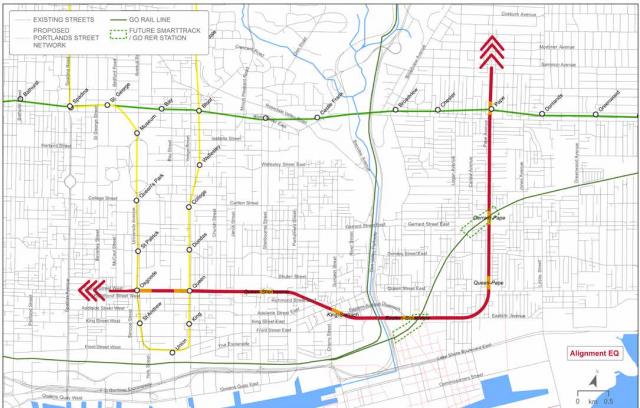
In March, a preferred alignment connecting Downtown to Pape Station via Queen Street was announced. The City’s initial preferred corridor terminated at ‘City Hall’ station on Queen, bypassing the Unilever site. However, the proposed station at Nathan Phillips Square would not provide direct transfers to either side of Line 1 at Queen or Osgoode stations, requiring transit users to walk long hallways in order to change trains. Meanwhile, although the Unilever station would boost ridership and be a major socio-economic boost to the formerly industrial area, the added cost was cited as a prohibitive factor. The new plan presents a different approach to both issues. 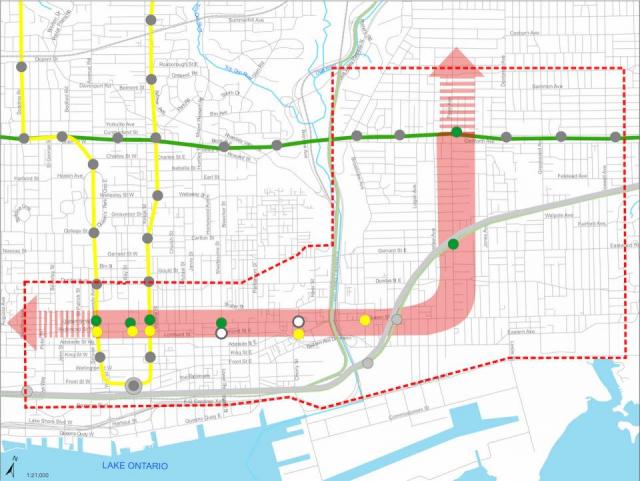
Although the general Queen-Pape alignment is maintained, the “emerging” preferred corridor jettisons the City Hall station in favour of direct connections to Line 1 at Queen and Osgoode. In lieu of the placemaking benefits of a station at—referred to as “the psychological heart of Toronto” by City Planning—direct transit connections are now preferred. Likewise, the plan now includes a station at the Unilever site, facilitating a more complete multi-modal hub, and helping advance one of the country’s largest developments. (A closer look at First Gulf’s plans will be provided in an upcoming story). 
As outlined in this week’s consultations, stations are also being proposed at the intersections of Queen and Sherbourne, King and Sumach, Queen and Pape, and Gerrard and Pape. The Relief Line—which may eventually be extended north and west—is set to add five stations to the network, while connecting three existing TTC stops at Osgoode, Queen, and Pape. For each of the planned stations, including the transfer points to Lines 1 and 2, the City and TTC also provide individualized overviews of potential station configurations.
Thanks to photos taken at Tuesday night’s consultation by UT Forum contributor Alex Glista, a full selection of images is available in our dedicated Relief Line thread. While the benefits of transfer stations at Pape, Osgoode and Queen are self-evident, the station at Queen and Sherbourne is presented within the context of the “new street pattern and area redevelopment” in years to come. A future secondary entrance could also be integrated with the proposed 245 Queen East development immediately to the south.
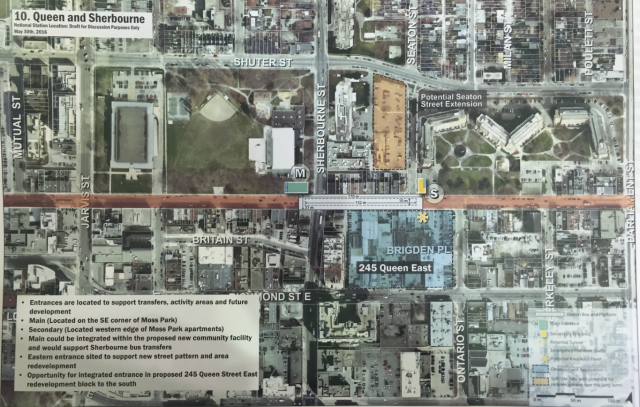
At King and Sumach, the planned station “could help stitch two sides of the off-ramp together,” allowing pedestrians connections from both sides of the Richmond/Adelaide/Eastern overpasses. North entrances “would support 514 Cherry and 504 King streetcar transfers,” while the secondary entrance to the southeast beside Underpass Park could provide a direct connection to the growing West Don Lands.
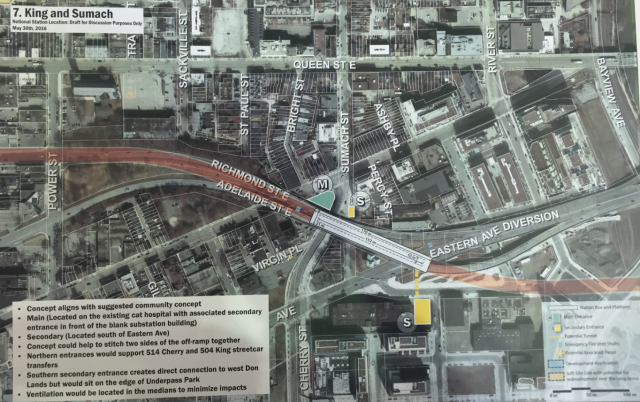
For Queen and Pape, the challenge is in accommodating high population densities in Leslieville to the west without interrupting EMS service located by the station, nor disrupting the neighbourhood.
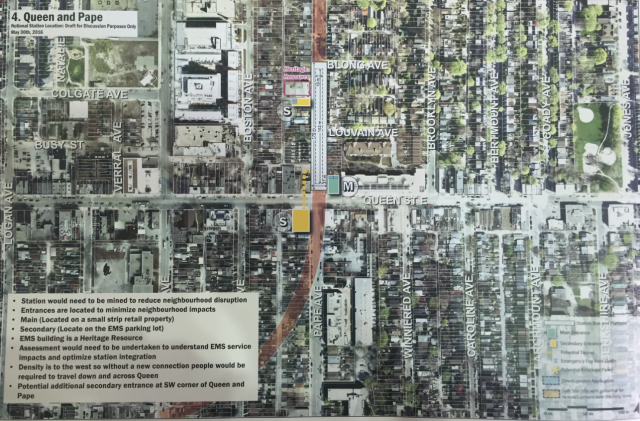
At Pape and Gerrard, the station would serve an area that’s showing signs of becoming a development hub, with a large proposal currently in the works for Gerrard Square. Here, the station entrances would need to be designed to allow easy transfer to GO services should a GO RER station be built here too.
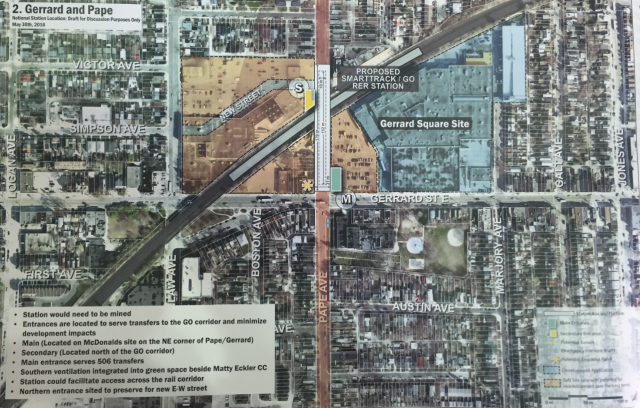
Source : UrbanToronto.ca

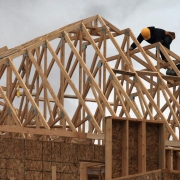
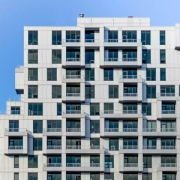

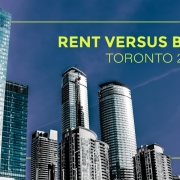

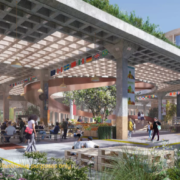
 Maziar Moini, Broker of Record - Home Leader Realty Inc.
300 Richmond St. W., #300, Toronto, ON M5V-1X2
Maziar Moini, Broker of Record - Home Leader Realty Inc.
300 Richmond St. W., #300, Toronto, ON M5V-1X2


